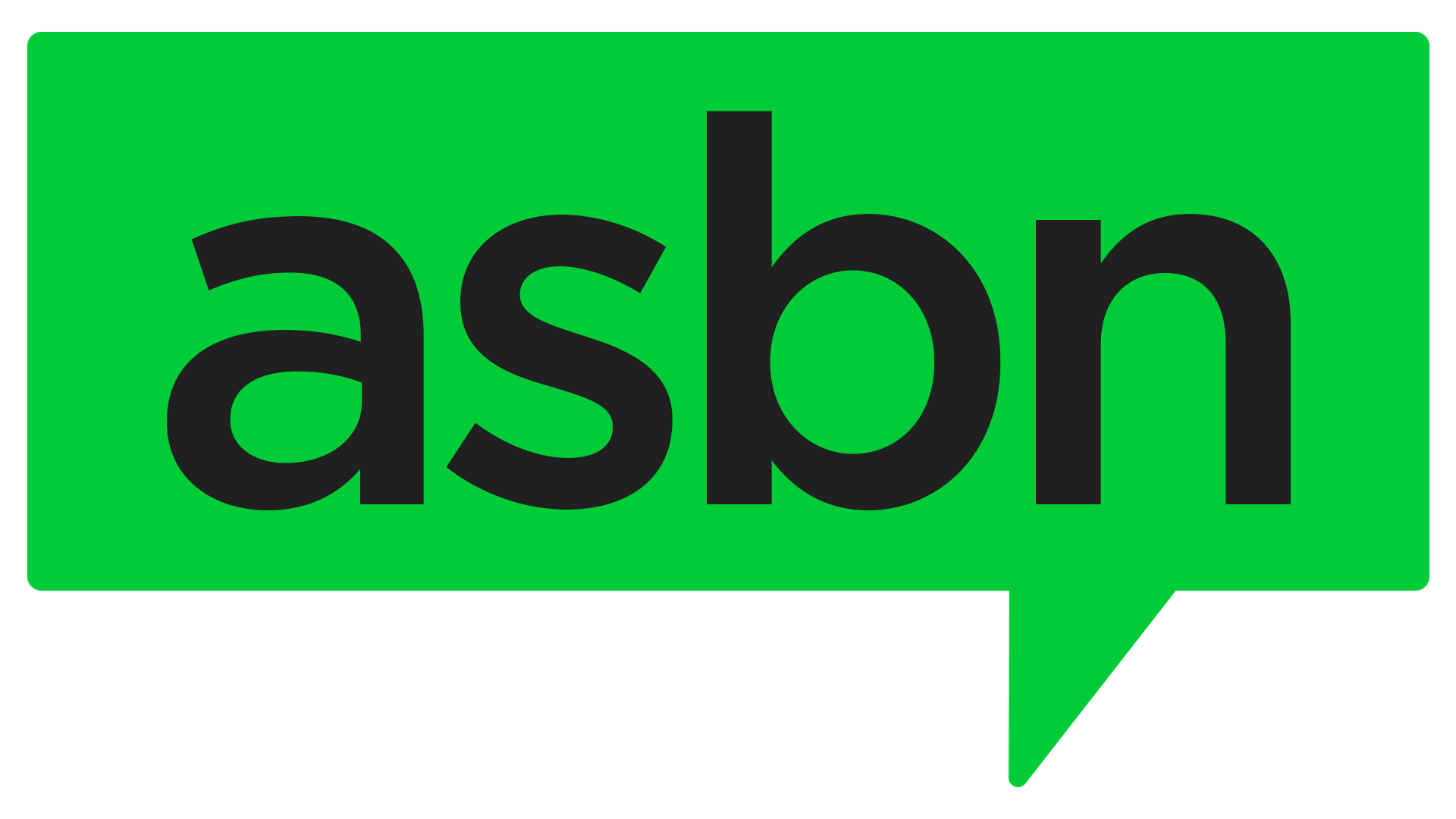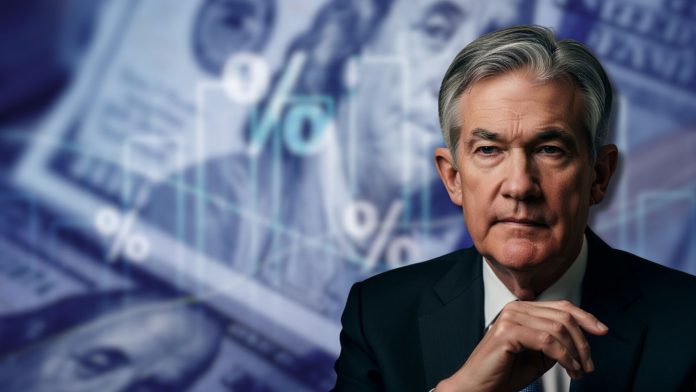On Friday, Federal Reserve Chairman Jerome Powell indicated the possibility of interest rate cuts in the coming months, though he did not specify a timeline. He emphasized that the central bank would proceed cautiously while assessing the impacts of tariffs and current economic trends.
Speaking at the Fed’s annual economic symposium in Jackson Hole, Wyoming, Powell noted that risks exist on both sides of the economy. Sluggish hiring could weaken the labor market, while tariffs might increase consumer prices. “The shifting balance of risks may warrant adjusting our policy stance,” Powell stated, suggesting a greater consideration for rate cuts than in his previous comments.
Currently, the Fed’s benchmark short-term interest rate is 4.3%. Powell highlighted that future decisions will be driven by data, focusing on inflation, unemployment, and overall economic conditions.
Notably, the Fed has three meetings remaining this year: in September, October, and December.
Powell pointed out that tariffs are already raising prices on imported goods, such as furniture, toys, and shoes. However, he anticipates that this effect would be more of a one-time increase rather than a sustained inflationary trend. Consumer prices increased by 2.7% in July compared to the previous year, surpassing the Fed’s 2% target. Meanwhile, core inflation, which excludes food and energy prices, rose by 3.1%.
In discussing the job market, Powell acknowledged that although hiring has slowed this year, unemployment rates remain low. He noted that declining immigration means fewer jobs are needed to keep unemployment rates down. However, Powell cautioned that ongoing sluggish hiring could lead to a sharper economic downturn and increased layoffs.
Amid these economic concerns, Powell reaffirmed the Fed’s commitment to independence from political influences. “We will make these decisions based solely on our assessment of the data and its implications for the economic outlook and the balance of risks,” he stated. This comment came as President Donald Trump renewed his criticism of the Fed, calling for rate cuts and threatening Fed officials.
Powell also announced updates to the Fed’s policy framework, initially established in 2020. He noted that these revisions enable the central bank to respond more effectively to the economic conditions that have emerged following the pandemic. The updated framework allows for flexibility in addressing changes in inflation and employment across a wide range of scenarios.
Markets responded positively to Powell’s remarks, with the S&P 500 rising 1.5% in midday trading. Analysts, including those at Goldman Sachs, suggested that his comments align with expectations for a quarter-point rate cut at the Fed’s September meeting.
Overall, Powell’s remarks indicate a cautious approach as the Fed balances the need to control inflation with the necessity of supporting a slowing labor market while maintaining independence and credibility in the face of political pressure.




 ASBN, from startup to success, we are your go-to resource for small business news, expert advice, information, and event coverage.
ASBN, from startup to success, we are your go-to resource for small business news, expert advice, information, and event coverage.